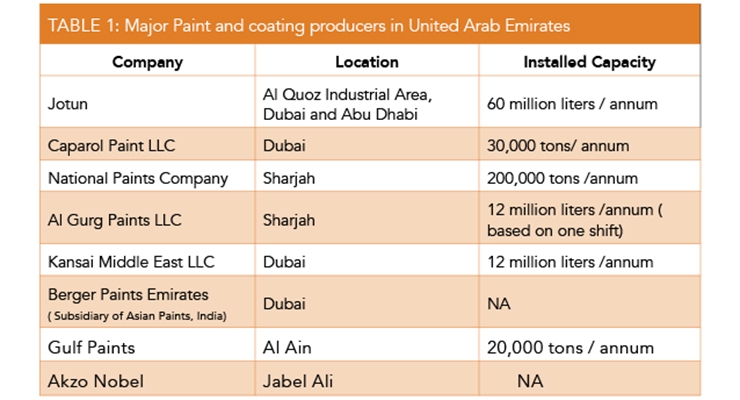Learn More About The Methods Which Seasonal Variables Can Affect The Success Of Business External Painting And Figure Out The Best Times To Attain Lasting Outcomes For Your Project
Learn More About The Methods Which Seasonal Variables Can Affect The Success Of Business External Painting And Figure Out The Best Times To Attain Lasting Outcomes For Your Project
Blog Article
Material By-Carlson Chaney
When you're intending a business outside painting job, seasonal factors can make or damage your outcomes. You'll want to take into consideration exactly how temperature level and moisture effect paint application and drying out times. Picking visit the following webpage can guarantee your paint sticks effectively and lasts much longer. However which seasons are genuinely the very best for this kind of job? Let' ceiling same color as walls out the key elements that can affect your job's success.
The Impact of Temperature Level on Paint Application
When you're planning a business external painting project, the temperature can substantially influence exactly how well the paint sticks and dries out.
Preferably, you intend to repaint when temperature levels vary in between 50 ° F and 85 ° F. If it's too cold, the paint might not heal appropriately, leading to issues like peeling or breaking.
On the other side, if it's also hot, the paint can dry also promptly, stopping appropriate adhesion and causing an uneven coating.
paint wall and ceiling same color should additionally consider the moment of day; early morning or late afternoon uses cooler temperature levels, which can be a lot more beneficial.
Constantly check the maker's referrals for the certain paint you're using, as they commonly give support on the ideal temperature range for optimal outcomes.
Moisture and Its Effect on Drying Times
Temperature isn't the only ecological variable that influences your industrial outside painting project; moisture plays a considerable duty also. High humidity levels can decrease drying out times drastically, impacting the general top quality of your paint job.
When the air is saturated with wetness, the paint takes longer to cure, which can bring about issues like inadequate attachment and a greater threat of mildew development. If you're painting on a particularly damp day, be prepared for extensive delay times in between coats.
It's critical to keep track of regional climate condition and strategy accordingly. Preferably, aim for humidity levels in between 40% and 70% for ideal drying out.
Maintaining these factors in mind ensures your task remains on track and delivers an enduring finish.
Best Seasons for Commercial Outside Painting Projects
What's the very best season for your commercial external paint tasks?
home painting contractors near me and early autumn are commonly your best options. Throughout these seasons, temperatures are light, and moisture levels are typically reduced, producing perfect conditions for paint application and drying out.
Avoid summer season's intense heat, which can create paint to completely dry also rapidly, resulting in bad bond and coating. Similarly, winter season's cool temperatures can hinder correct drying and curing, running the risk of the durability of your paint task.
Aim for days with temperatures in between 50 ° F and 85 ° F for optimum results. Bear in mind to check the local weather report for rain, as wet conditions can destroy your task.
Planning around these factors guarantees your paint job runs smoothly and lasts longer.
Verdict
In conclusion, planning your business external painting projects around seasonal considerations can make a significant distinction in the outcome. By organizing work during the optimal temperature levels and moisture levels, you'll ensure better attachment and drying out times. Bear in mind to watch on regional weather prediction and select the right time of year-- springtime and early loss are your best choices. Taking these actions will certainly aid you achieve a durable and professional coating that lasts.
